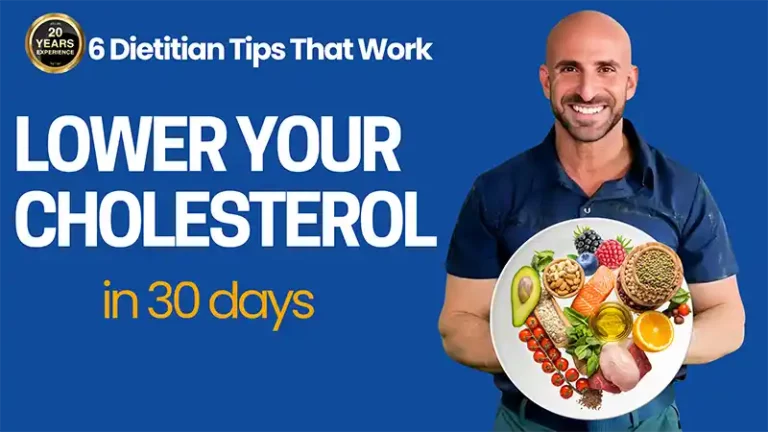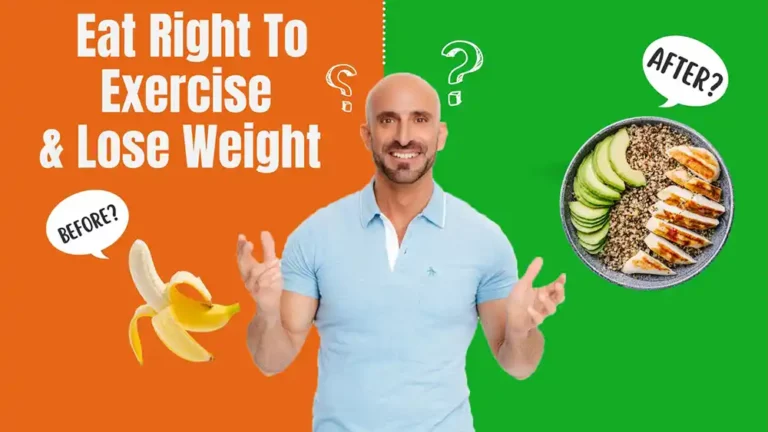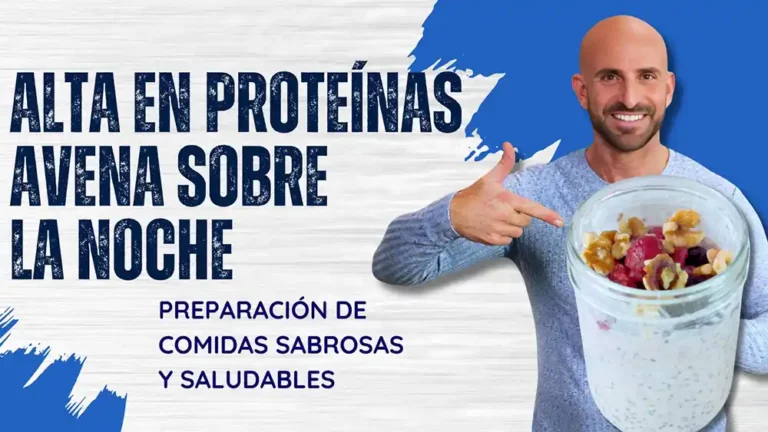So often clients come to my practice with foods they believe they’re not supposed to eat under any circumstances, whether because they’ve heard they’re fattening or because they think they have bad health effects. The problem is that much of that information is just wrong. In the last few years our knowledge about what foods are healthy has expanded, but the news hasn’t gotten out. So I want to tell you about three wonderful foods that you should stop avoiding and start eating.
1. Eggs. For decades doctors and health officials warned people not to eat eggs at all, or to limit their egg consumption to four per week, because of their high fat and cholesterol content. And it’s true — eggs have fat and cholesterol in them. In fact, a single large egg has 186 mg of cholesterol. That’s 62 percent of the recommended daily intake. Still, that doesn’t mean eggs will harm your weight or your cardiovascular system. First of all, high cholesterol in your diet isn’t the cause of high serum cholesterol in your bloodstream. Recent research [1,2] shows that eating eggs will not raise serum cholesterol or other risk factors in healthy people (diabetics and people with heart disease should, however, follow a diet recommended by their physician).
What’s so great about eggs? They have protein for maintaining muscle mass, which in turn helps manage your metabolism and weight. In fact, studies show that eggs both increase satiety and help you lose weight.
They’re also good for your health. Eggs are high in choline, an essential nutrient that has been associated with brain and neurological health, fetal development, and prevention of a variety of disorders from liver disease to atherosclerosis. Another benefit is that they contain carotenoid antioxidants like Lutein and Zeaxanthine, which reduce your risk of eye diseases like macular degeneration and cataracts.
Like everything else, eggs are best in moderation, but the most recent American Heart Association guidelines no longer include a recommendation to limit egg consumption. Even though there are no mandated serving amounts, a good rule of thumb is two to three eggs per day. So you’re going to need a lot of ideas for cooking them! Luckily, the egg is not only one of the healthiest but also the most versatile of foods. Hard boil it for salads, sunnyside-up it for laying over a sweet potato hash, make it into an omelette filled with whatever’s leftover in the refrigerator, or poach it to lay over steamed vegetables. Using food and nutrition apps like Whole Body Reboot can help you track your egg consumption to make sure you are getting optimal nutrition.
2. Potatoes. Those who grew up in a world of white, bland potatoes, probably learned that they are just “empty calories,” carbohydrate delivery machines with few actual nutrients. On the contrary, white potatoes can be nutritious. This starchy vegetable is a good source of Vitamin C, potassium packed and fiber-rich, among other nutrients. Yet recent interest in food diversity in the U.S. has meant that traditional varieties of highly-nutritious colored potatoes are now available, and not just at farmer’s markets, but at the supermarket. Potatoes that are intensely purple, yellow, or red in skin color, as well as those that have colored flesh (like sweet potatoes), have a much healthier nutritional profile than the potatoes that go into foods like fast food French fries.
Growing up in Peru, we always ate colored potatoes as part of a traditional, naturally healthy diet. That’s because the color of these potatoes comes from phytonutrients in their skin. It turns out that one thing you often heard about potatoes (“Always eat the skin!”) turns out to be true — so long as that skin is deeply colored. In purple potatoes, anthocyanins help to stabilize your body’s metabolism of glucose, meaning that, unlike a white potato, a purple potato won’t spike your blood sugar so that you are immediately hungry again. Sweet potatoes have the same effect, and when cut and roasted they deliciously replace the useless calories of a potato chip with a boost of vitamin A (important for basic immunity), beta-carotene (important to eye and organ health) as well as adipectonin, which helps prevent insulin resistance associated with diabetes.
Like eggs, potatoes can be cooked in an endless number of ways. You can quarter them, spray them with a little oil, and roast them. Or, boil and mash them. Grate them to make hash browns, or cube them and add them to a stew. Here’s another idea: sauté them in a pan with a little oil so they’re lightly brown and then crack in an egg. Two great foods in one pan!
3. Bananas. This delicious fruit that comes in its own biodegradable wrapper has come in for a lot of criticism in the last few years. Clients all the time ask me specifically whether eating a banana will make them gain weight, or whether they should only eat part of the banana and throw away the rest. On the internet you can find endless debates about whether to only eat bananas when they’re green, or only when they’re brown, because their starch turns to sugar as they ripen. It’s like no one has any idea anymore whether they can have a banana at all, and if so, when!
The thing about bananas is that they come in an incredible range of sizes. If you are concerned about the sugar content, I always tell my clients, just buy smaller bananas! But, don’t pass up all that the banana has to offer. What is that exactly? Potassium, for one thing. A medium banana has 422 mg of potassium, a chemical element that is absolutely necessary for cellular function. Studies also show that potassium supplementation reduces blood pressure.
Potassium is lost during exercise, so a banana is the perfect pre-workout snack: It provides carbohydrates you need for energy, which is key in any workout, along with the potassium you will be losing as you sweat. It’s also a great on-the-go snack or your 4 p.m. pick-me-up. You can throw one in your gym bag, but I also love adding a banana to my pre-exercise smoothie.
Bananas have another great quality, which is exactly the thing that makes people fear eating them: they’re sweet. In the evening when you want a treat, a banana is much better than something with cane sugar or corn syrup. Here’s one of my favorite nighttime snacks: dip a banana in melted dark chocolate and put it in the freezer. It makes the most incredible dessert snack, and it’s entirely healthy (dark chocolate is packed with antioxidants — that’s a bonus fourth food you should start eating!).
For anyone who needs more convincing, here is a video I made about whether bananas are fattening. It’s carefully researched, as you will see.
Eggs. Potatoes. Bananas. All these foods should go back into your food rotation right away. As I always say, moderation is your best friend with all foods.





